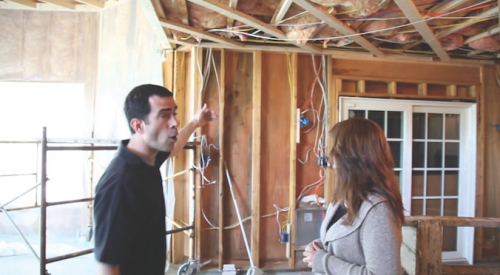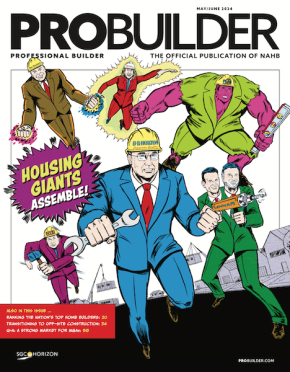|
Though you might not have your own Facebook or Twitter account, chances are you have experienced Web 2.0, which refers to the second generation of Web development designed to foster social networking via the Internet. Blogging, video sharing, product reviews, instant messaging and news groups are just a few examples of Web 2.0's social technologies in action.
Indeed, home builders have a lot to gain by implementing Web 2.0 tactics — from blogging about neighborhood developments to posting video tours of model homes. But none of these efforts work if you don't understand your online audience.
The biggest mistake companies make is to simply deploy a Web 2.0 technology and think that their marketing goal will be reached. But nothing could be further from the truth. The fact is, Internet users differ greatly in their level of online participation. Therefore, it's important that you understand as much as you can about your target audience's online behavior and the kind of online experience they want to have before embarking on any E-marketing or social networking strategy.
Using consumer surveys, Forrester Research Social Technographics has identified six overlapping levels of online participation: Inactives, Spectators, Joiners, Collectors, Critics and Creators. Knowing which groups best identify your target audiences will help ensure that your Web 2.0 efforts have a tangible ROI.
Inactives don't create or consume any online social content.
Spectators consume content by reading blogs and product reviews, watching videos and listening to podcasts that others have posted.
Joiners participate in social networks, such as Facebook and MySpace.
Collectors organize content by using RSS feeds; adding tags to web pages or photos; and bookmarking sites.
Critics respond to content by posting comments; contributing to forums; and reviewing or rating products and services.
Creators power social networks by publishing blogs and Web sites; uploading original video and audio; and posting original text.
Though a Web user might fall primarily into one of these groups, chances are that he or she overlaps with others. For example, a Spectator who primarily consumes online content might occasional upload photos to his or her Facebook page, thus overlapping with Creators and Joiners.
Home builders must understand how these groups are represented in their target audiences to make sure that a Web 2.0 strategy has a good chance of being successful.
| Author Information |
| Paul Cardis is CEO of Avid Ratings, a research and consulting firm specializing in customer satisfaction for the home building industry. You can reach him at paul.cardis@avidratings.com. |
|










